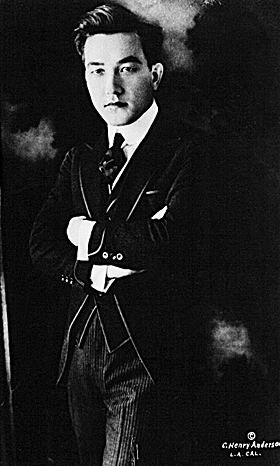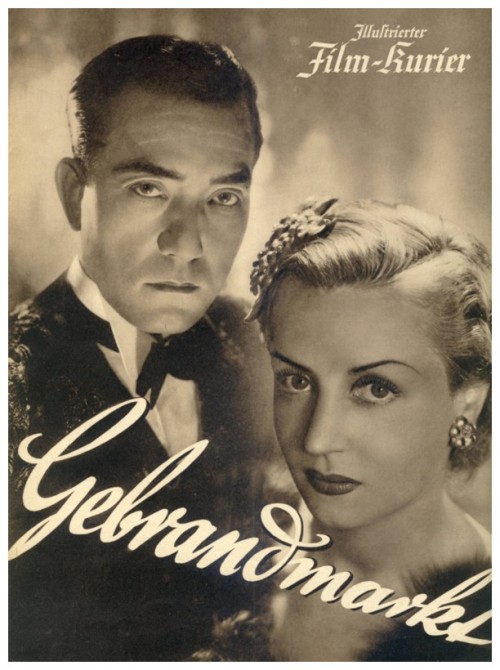The DU Lounge
Related: Culture Forums, Support ForumsOne of Hollywood’s first sex symbols, the great Japanese actor Sessue Hayakawa
Last edited Fri Mar 1, 2013, 01:01 AM - Edit history (1)
He was the star of more than 80 films, including many in the U.S. and eleven films in France where he spoke French, as well as films in Germany, the United Kingdom, and Japan. He starred opposite greats like Humphrey Bogart, Alex Guiness, and Erich von Stroheim. He was the first movie star of Japanese origin to make it big in America and the first Asian American Leading Man. As a result of his brooding good looks, he became a top sex symbol in the early years of cinema and was as popular as Charlie Chaplin and Douglas Fairbanks throughout the world. At one time, he was making $2 million a year, a large sum in 1920.
He had originally come to the United States to attend the University of Chicago. At the end of his second year of studies he decided to quit and return to Japan. While waiting for his steamship in Los Angeles, he wandered into the Japanese Theatre in Little Tokyo and became fascinated with acting.
In his second film, The Cheat directed by Cecil B. DeMille, he became box office gold and the biggest romantic idol to the female movie-going public. With his popularity, Hayakawa's salary reached to over $5,000 a week in 1915. With his fortune, he built a lavish castle in Hollywood where he hosted some of the wildest parties in the film business. He drove around in a gold-plated Pierce Arrow automobile. He once lost $1 million in a single night of gambling in Monte Carlo.
In 1918, his studio Paramount pictures sought to star him in a little film entitled The Shiek. He turned down the role and in his place an unknown guy named Rudolph Valentino was given the part.
When he felt that Hollywood was starting to cast him in stereotyped roles such as inscrutable Asian villains, he formed his own production company and made the films he wanted to make. He helped mold the way Americans saw Asians with some very successful films. However in the 1930s, as a result of growing discrimination towards the Japanese, he went to France and continued with a very successful film career over there. However, when the Germans invaded France, he found himself trapped in that country and as a Japanese person, unable to travel.
During the war, when he couldn’t make films, he supported himself through his talent as a painter, selling his water colors. It was at this time that Hayakawa joined the French underground and aided downed allied flyers. After the war, Humphrey Bogart wanted him to come back to the U.S. and star with him in Tokyo Joe. Hayakawa’s heroic activities during the war were examined by the U.S. Consulate when he applied for a visa and he was officially recognized as having aided the allies during the war.
In 1957, he was nominated for an Academy Award for his role as Colonel Saito in the film The Bridge On The River Kwai. During the height of his popularity critics of the day hailed Hayakawa's Zen-influenced acting style. Hayakawa sought to bring "muga", or the "absence of doing," to his performances, in direct contrast to the then-popular studied poses and broad gestures of other actors. He was one of the first stars to do so, Mary Pickford being another, and his acting style became influential in the way actors have acted in film since.
In addition to his film acting career, Hayakawa was a theatre actor, film and theatre producer, film director, screenwriter, novelist, painter, martial artist, and a Zen master. He led an extremely interesting life.




dixiegrrrrl
(60,010 posts)and used to enjoy watching him in movies in the 50's...
and later on tv when the older movies were played.
AsahinaKimi
(20,776 posts)
Ken Watanabe
Paladin
(28,246 posts)I've always thought of him as a brilliant actor, and his war efforts make him shine even brighter. I wonder if any of his water colors are available for viewing online?